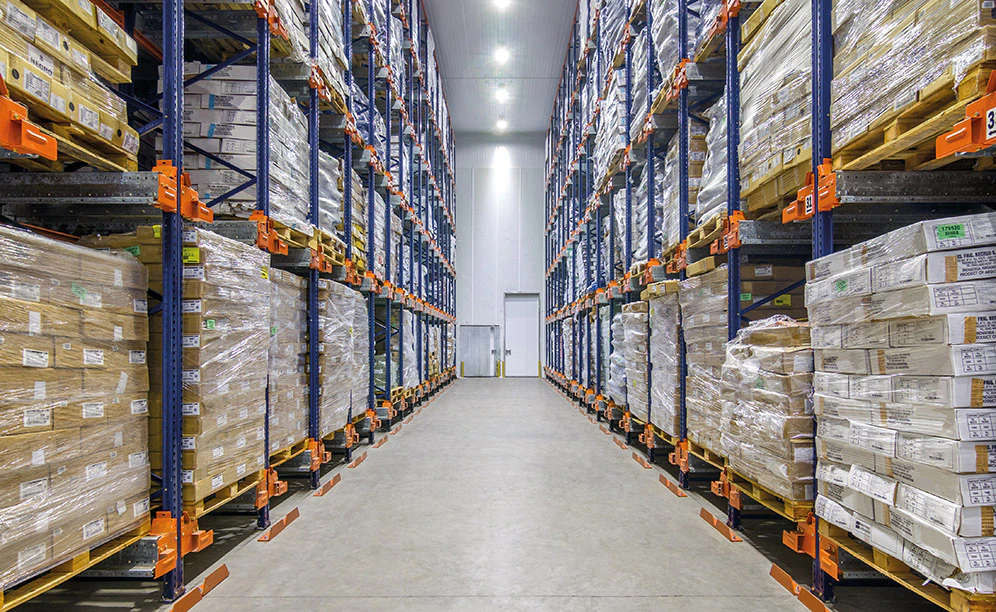Cold Storage Temperature Control: Safeguarding Meat and Seafood Quality
The storage of meat products in cold storage will help to reduce the risk of spoilage, and ensure that consumers are getting the highest-quality produce. It is important to use good stock management techniques to prevent freezing burn and cross contamination.
A good practice is to use first-in, first-out (FIFO) rotation in the case of meat in order to make sure that the older merchandise is used up before newer inventory arrives. Making sure that the correct packaging is also crucial to avoid contamination and freezer burn.
Ensuring Freshness and Safety
The thi cong kho lanh bao quan nong san facilities can help protect meat products from spoilage and to help to keep them at a proper temperature. This helps prevent spoilage and assures that the product you purchase is of highest quality. It also allows you to adhere to regulations and standards regarding safety and freshness.
It is recommended to store meat inside a sealed, well-insulated container. the airtight seal. Leaks should be sealed quickly to avoid cross contamination and enhance meat preservation. Another effective stocking technique is the “first in first out’ rule to avoid overstocking and waste.

It is crucial to store raw meats below cooked foods and also to utilize a fridge thermometer. It is equally important to adhere to the safe thawing guidelines and avoid using microwaves. If any meat has a foul or rancid odor it is best to throw away due to the possibility of containing harmful bacteria.
Importance of Cold Storage
Cold storage is a crucial part of the industry of seafood and meat, protecting these time-sensitive products during their transportation through the supply chain. Insuring that fish and meat are kept in cold storage prevents bacterial growth, slows down enzyme reactions and also ensures that these products are kept in good nutrition value and high quality during the whole processing.
Up to 40% of food waste is wasted during the processing, transportation and storage phases in the process of getting to American homes. By using cold storage, this number can be significantly reduced.
The high use of energy by refrigeration equipment and thermostats can result in high operating costs in cold storage installations. Finding energy-efficient solutions, optimizing the insulation of buildings and pursuing alternative energies can help lower the costs. This makes cooler storage and warehousing better for the meat and seafood sector.
Cold Storage Temperature Control
Cold storage is essential for seafood and meat to stay safe for consumption. If there isn’t adequate refrigeration, food items can become contaminated and unhealthy and unsafe for people to eat.
To guarantee quality of food, and also extend the shelf life in meat items, the cold storage is required to maintain temperatures of between -5degC and 12degC. It is advised that frozen products are moved to a blast freeze for quick freezing as this can reduce the time that the food item is kept at higher temperatures and also extend its shelf life.
In addition to ensuring the proper temperature The cold storage facility should also provide adequate ventilation and humidity control. This helps to prevent the accumulation of moisture, which could result in the development of mildew and the growth of mold. Also, they should use energy-efficient lighting that lasts for a long time and produces low heat.
Specialized Cold Storage Facilities
In the construction of a modern cold storage facility component plays an important part. Insulation helps to save energy and stability of temperature, while ventilation helps preserve freshness and the quality of food while refrigeration systems increase the efficiency of inventory management.
Integrated technology increases accountability and transparency in the supply chain through providing access to tracking data. Further, advanced inventory management allows companies to organize goods on a first in as well as first-out, thereby reducing the amount of waste.
If you are planning to build a cold warehouse, finding the ideal site is vital. The location should be close to where food products are produced and near transportation points to make the most efficient distribution channels. The site should also have adequate infrastructure to support construction and traffic flows. To ensure that the timeline is met contractors should be able to lead the design-build process or design-assist approach is optimal for this kind of job.
Key Considerations for Meat and Seafood Cold Storage
The growth of harmful bacteria is more rapid in certain food items than other It is crucial to remove meat, fish and other poultry out of the “danger zone’ as swiftly as it is feasible. In order to do that keep temperatures of storage cold, they should be kept to a minimum but without adversely impacting product quality.
Cooling is usually carried out through tunnels or cold chambers. The risk of superficial freezing is to be controlled in the initial phase, and air circulation should be kept high.
When stored, the taste of meat frozen can improve through irradiation or vacuum packaging. For instance, very airtight synthetic films may be placed around meat cuts in order so that they remain away from ambient oxygen. The process extends their shelf-life considerably, provided hygienic slaughter as well as cutting techniques have been used.